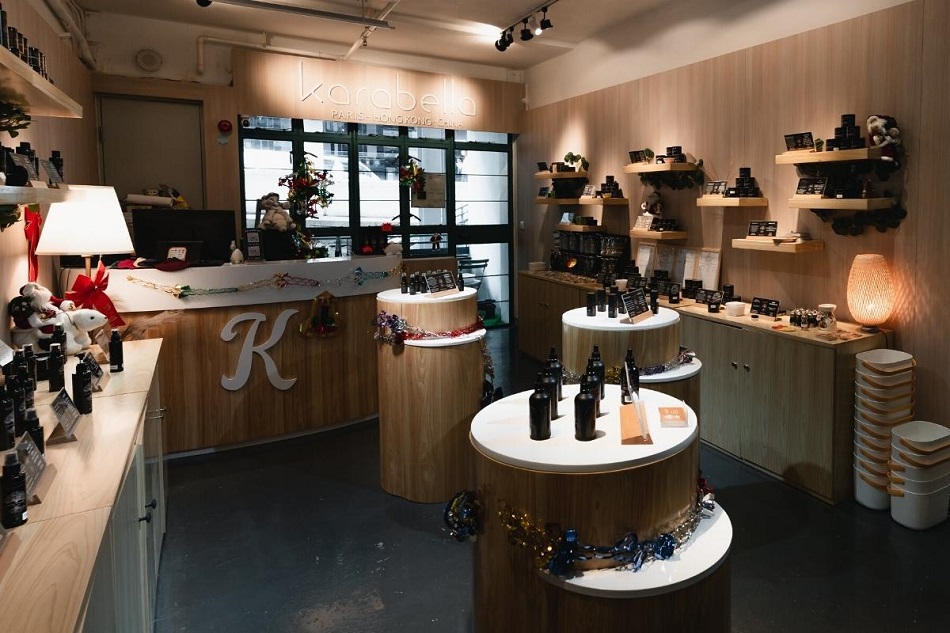Design Feature #36
Maximising Micro Living
Gary Chang

Written by RMM
Photos provided by Gary Chang
Mention “Hong Kong” to anyone, and aside from moody Wong Kar Wai films and slapstick Jackie Chan movies, “shoebox apartments” is surely one of the first answers you’ll get. As one of the most densely populated places on earth, Hong Kong citizens often find themselves sequestered tiny spaces after a long day out at work. Living in such claustrophobic homes has taken a toll on the city’s mental health, with people feeling trapped when they literally have no place to escape to.
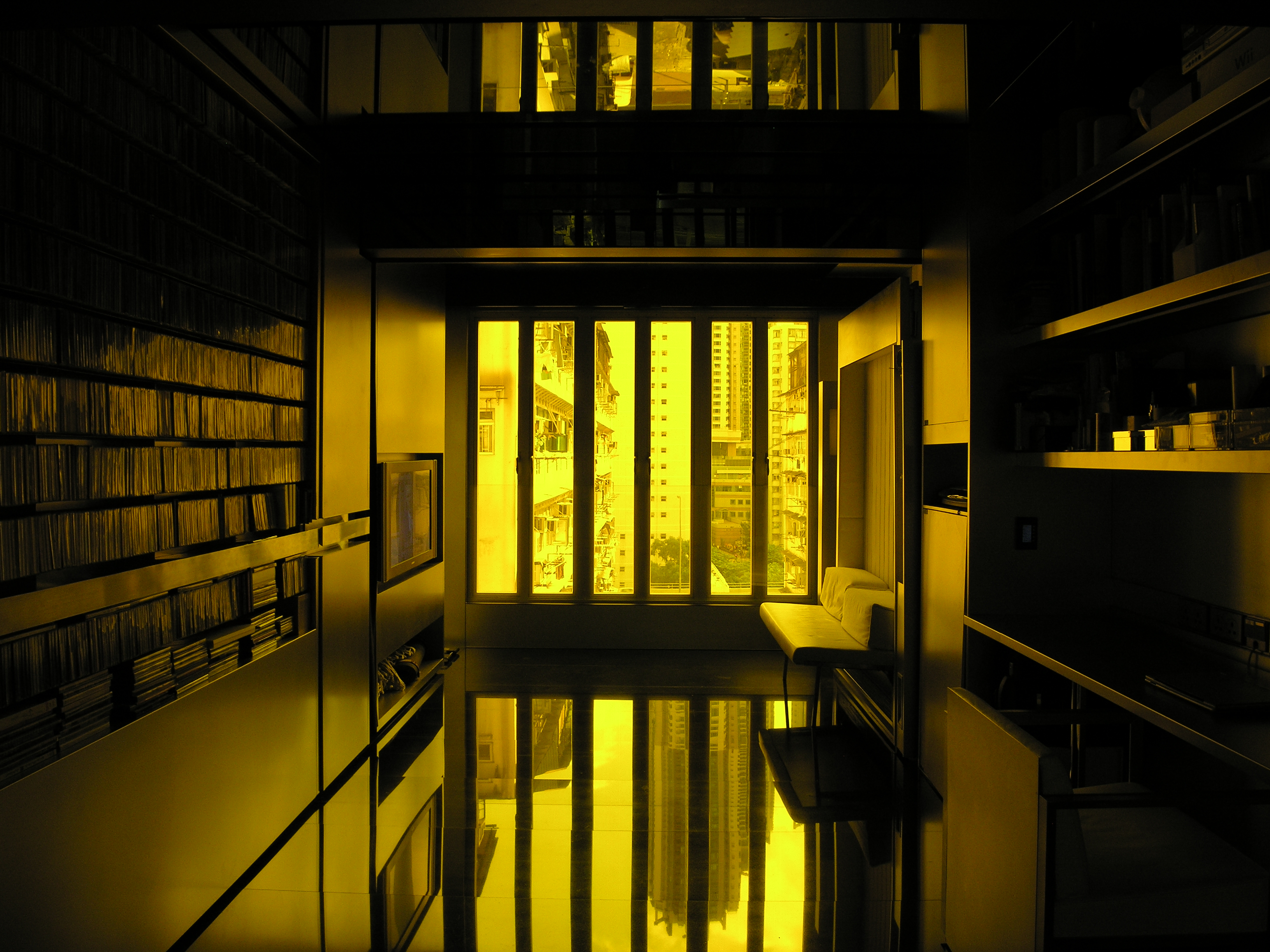
In response to the growing need for personal space in an increasingly crowded city, architectural and interior designer Gary Chang started experimenting with what he knew best — his childhood home. Growing up in the 1960s and 70s, Chang had to learn how to negotiate with limited space as he lived with 6 other people. For Chang, a home isn’t about how many rooms it has but how the space can transform to suit its occupants’ needs. The current incarnation of his ‘Domestic Transformer’ apartment consists of 24 different spaces, each using an ingenious system of sliding walls to transition from bathroom to kitchen to game room.
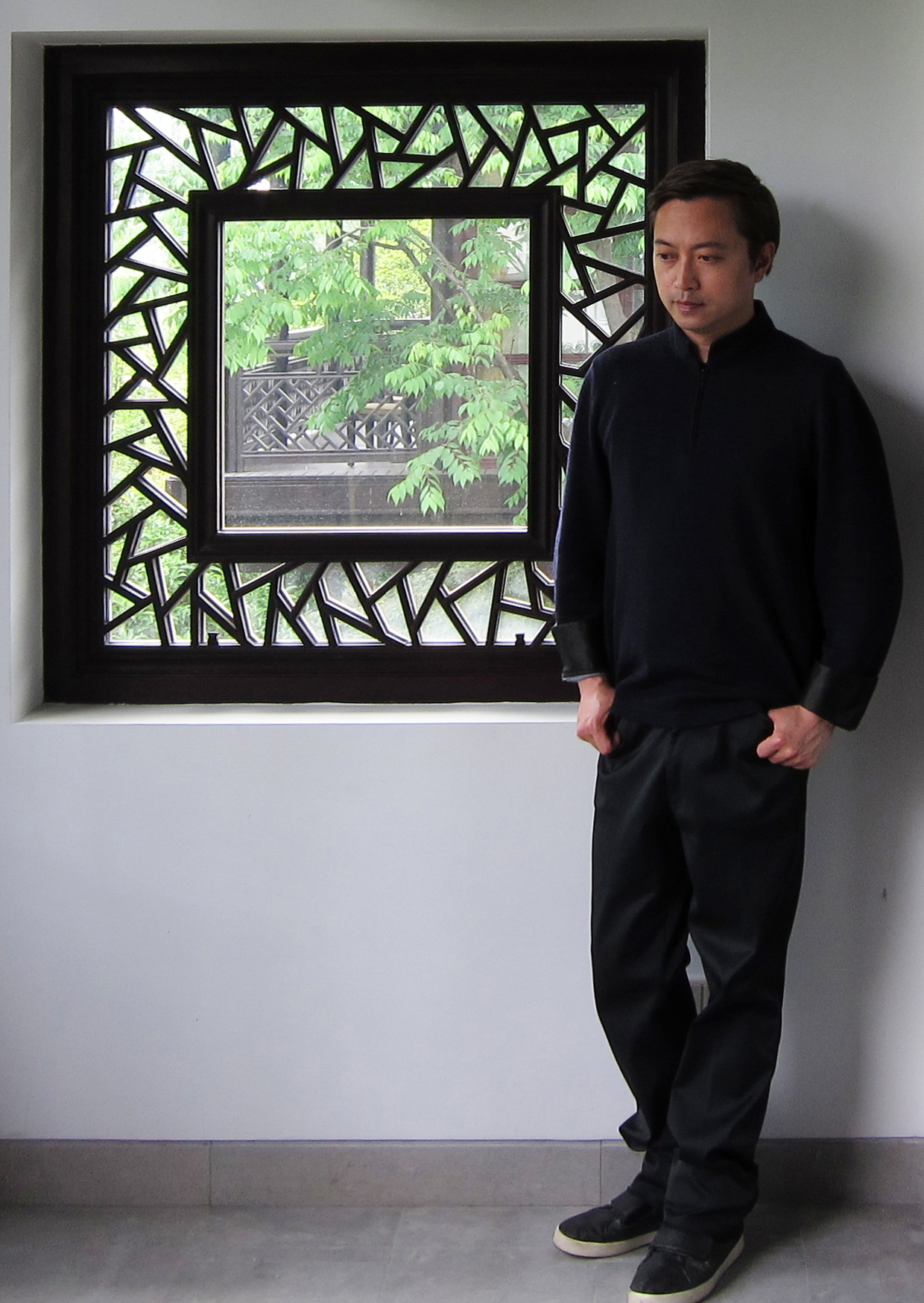
RMM: Can you tell us about your childhood home? What was your strongest memory of the 1960s version of ‘compact living’?
Gary Chang (GC): The same old 32sqm apartment began in the ‘70s as the home for my whole family: my parents, my 3 younger sisters and me.
At that time, we had 3 bedrooms — one of them was sublet to an outsider — so we had to cope with living in that 32sqm with 7 people in total!
The most remarkable element at that time was the multi-task table. Being the only table in the entire apartment, it served as a table for dining, doing homework, playing mahjong, and even some light industrial work. It was not uncommon in those days to assemble plastic flowers or toys in one’s home.
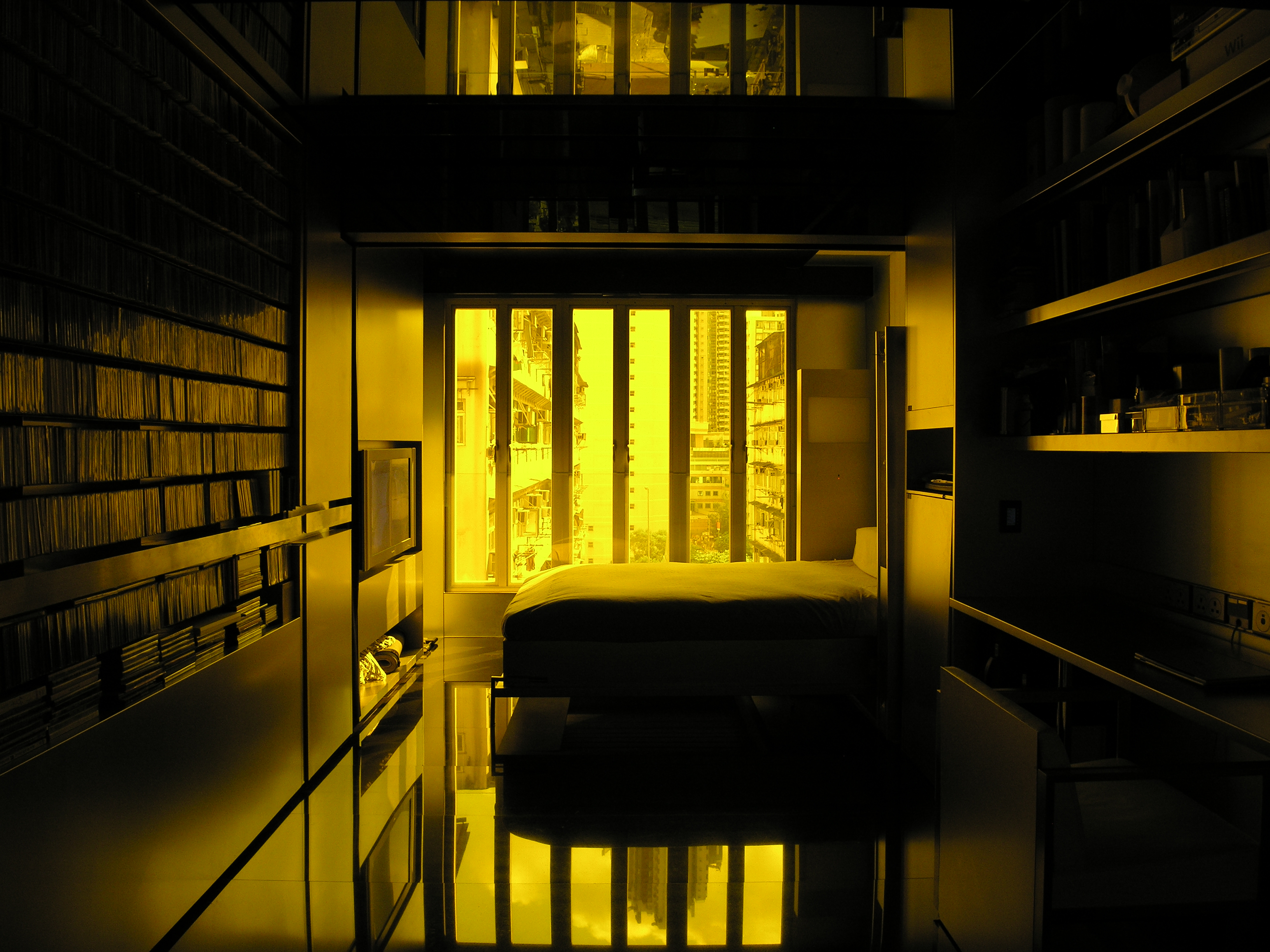
RMM: You designed your ‘Domestic Transformer’ apartment to have 24 different ‘spaces’; which was the most interesting space transformation that you designed?
GC: The shower cubicle, which can be used as a telephone booth during parties. I think it’s a vivid example of the flexible and maximised use of space and optimisation of time.
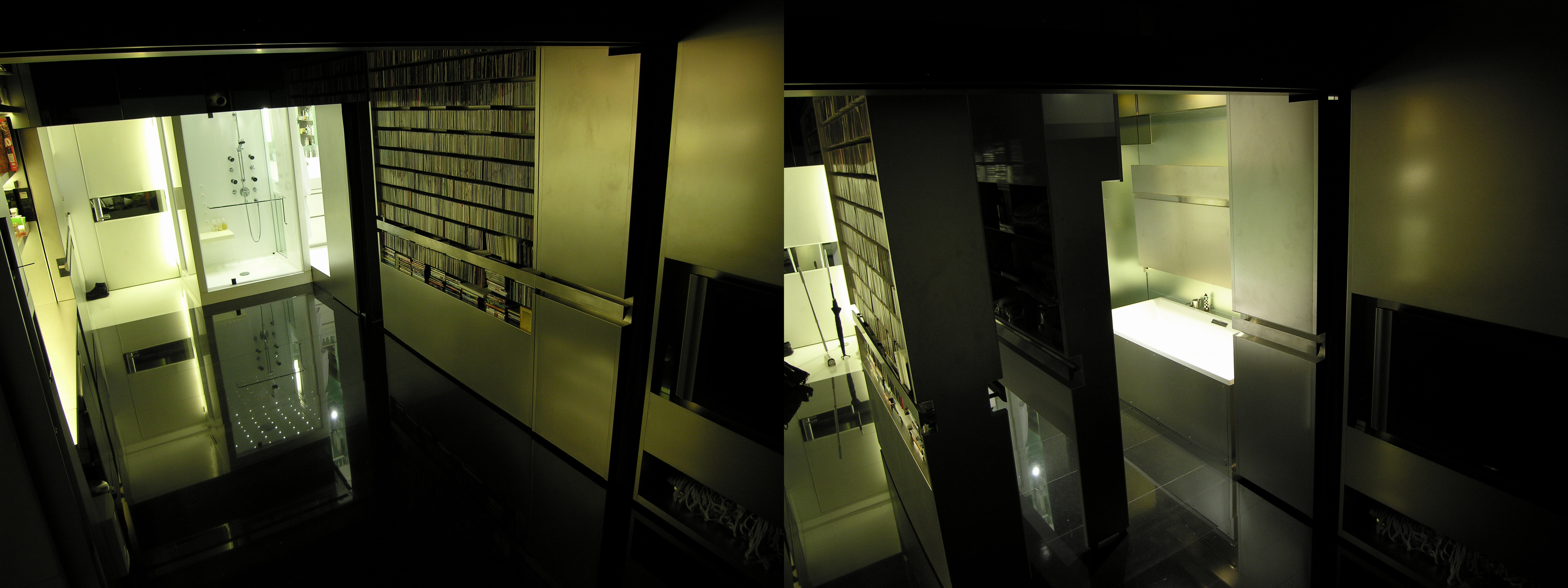
RMM: With apartment sizes decreasing in size, how can different members of the family have their privacy needs met through the design of compact living?
GC: It’s always a challenge and never easy.
When I recall living with 7 people in the same place, we tended to speak softly. Can you imagine people all yelling at the same time in such a tight space?
Fundamentally, designing for such a space is beyond the matter of physical dimensions and design. It’s more about the psychological space among family members. We simply have to respect and take care of one another. There might be little space for physical privacy other than the bathroom, so one might need to be outside the apartment to have some privacy.
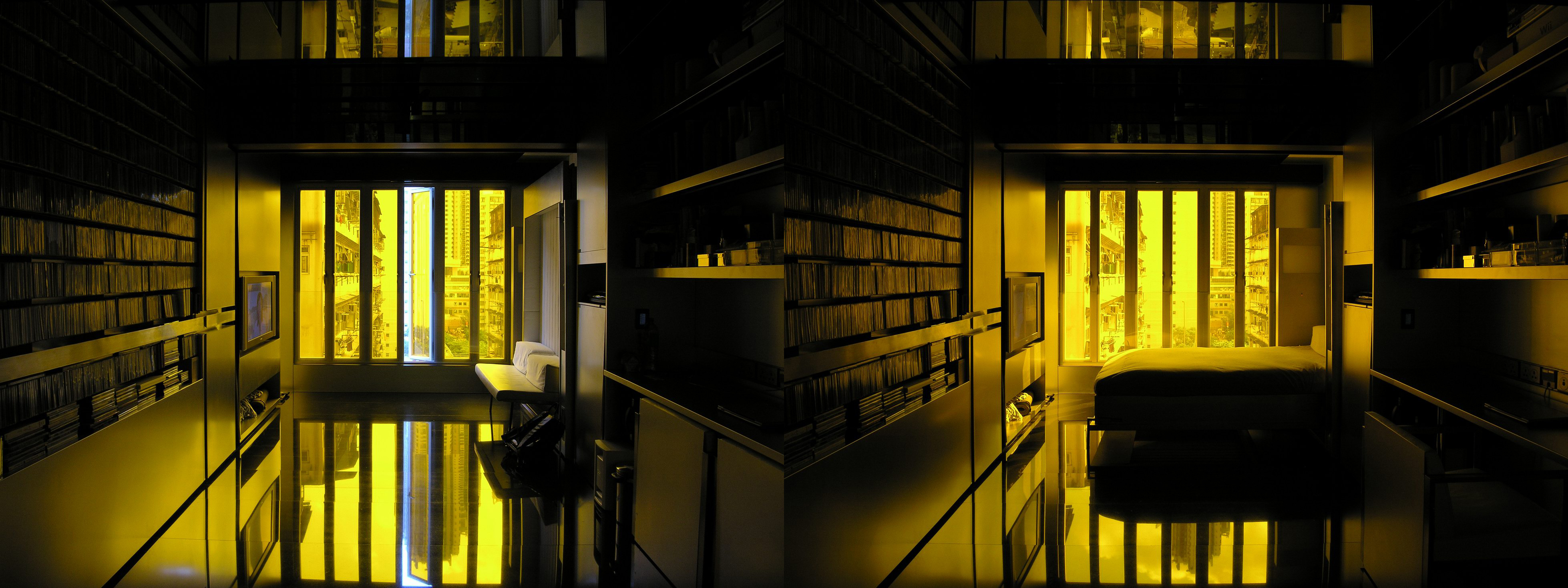
RMM: Any hints of what’s next for your ‘Domestic Transformer’ apartment?
GC: After residing in this latest ‘Domestic Transformer’ apartment for more than 10 years, I seem to be pretty happy and settled down. My next steps is most likely to introduce even more elements into the remaining empty slots. This could be fun by introducing tailor-made unusual objects that would fit into the few remaining gaps…
If I were to stay here even longer, perhaps I would need to turn the Domestic Transformer into an elderly home with features and details that could be user-friendly for an elderly person!
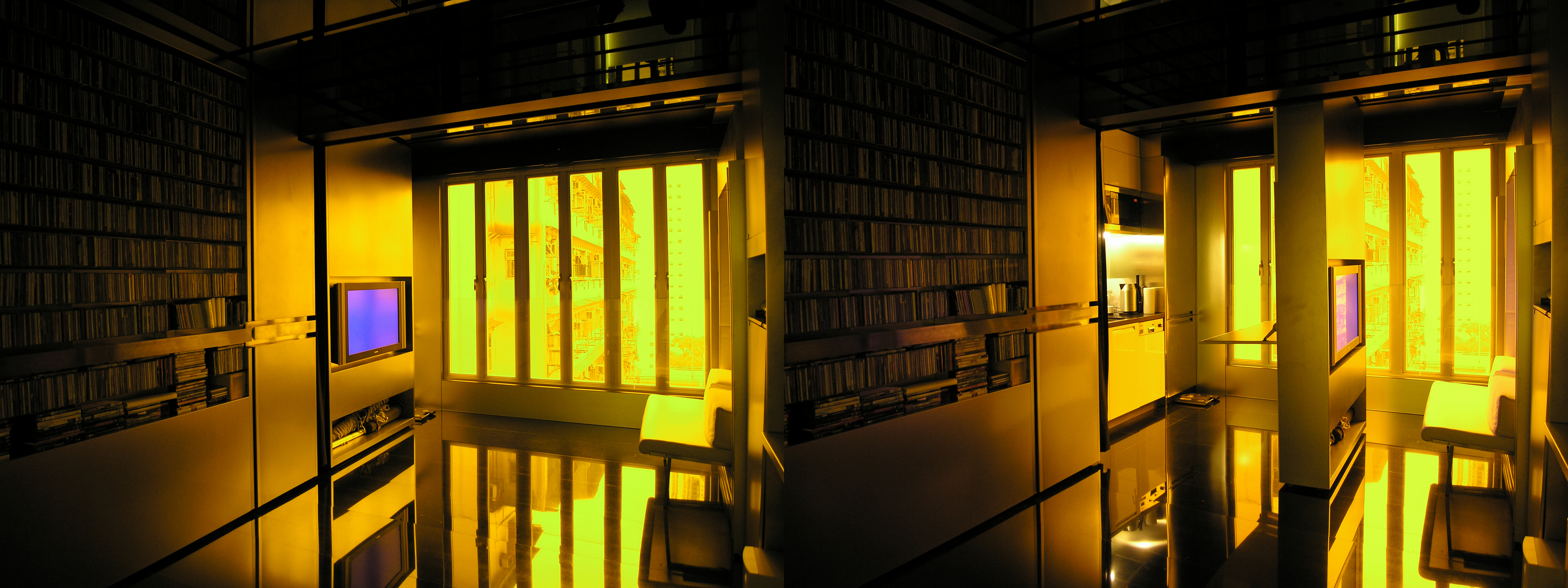
RMM: Finally, what inspires you?
GC: Observing things that are next to me and in the neighbourhood. The simple and trivial things are always inspiring — we are much too obsessed with big projects. Life consists of tiny things added together!
(This interview has been edited for clarity)


